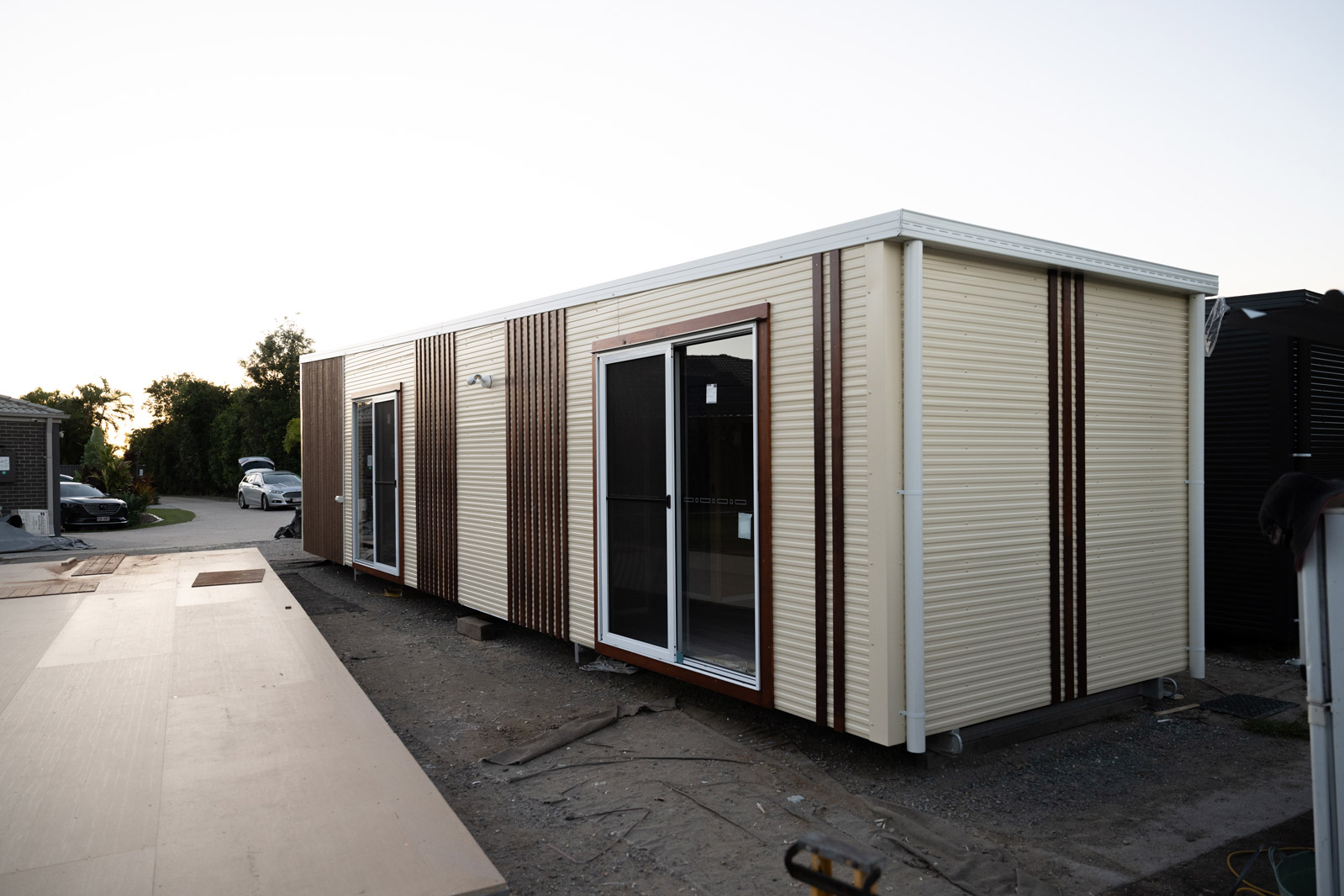Navigating Tiny House Zoning Laws in Australia
21 May 2025
Navigate tiny house zoning laws in Australia with Teeny Tiny Homes. Learn legal tips for building and living in a tiny home, state by state.
Tiny houses have become a leading choice in Australia’s shift toward sustainable and alternative living. However, navigating the complexities of tiny house zoning laws remains a significant challenge, as regulations vary widely across jurisdictions. This guide offers a formal overview of zoning requirements across Australian states and territories to support lawful and informed decisions.
Why Zoning Laws Are Crucial for Tiny Homes
Zoning laws govern how land can be used, including the types of dwellings allowed and the conditions for their placement. Tiny homes may be classified as caravans, secondary dwellings, or relocatable homes, depending on the council. This affects approvals, utilities, and residency, making local zoning compliance essential.
For a deeper understanding of zoning and building regulations in Australia, explore the comprehensive guide at Hamilton Bardin: Understanding Zoning and Building Regulations in Australia.
State-by-State Breakdown of Tiny House Zoning Laws
Understanding zoning regulations across different states is key to lawful and sustainable tiny house living. Below is a concise breakdown of the situation in each Australian state and territory.
• New South Wales (NSW) – In NSW, tiny houses on wheels are often classified as caravans. Short-term stays may be allowed on private property, but long-term living typically requires council approval or placement in a registered caravan park. Permanent setups must comply with building codes and be approved as secondary dwellings.
• Victoria – Victoria lacks statewide laws for tiny houses, leaving regulation to local councils. Mobile tiny homes may follow caravan rules, while fixed ones must meet the Building Act 1993. Full-time living usually requires both planning and building permits.
• Queensland – In Queensland, local councils control zoning, often classifying tiny homes on wheels as caravans. Temporary use may be allowed in rural areas, while permanent dwellings must meet the Queensland Development Code and local planning rules.
• South Australia – In South Australia, zoning is governed by the Planning, Development and Infrastructure Act 2016. Mobile tiny homes may be treated as caravans with time limits, while fixed dwellings must meet building codes and may need planning approval.
• Western Australia – In Western Australia, living in a caravan or similar structure is allowed for up to three nights without approval; longer stays need council consent. Mobile tiny homes follow caravan regulations, while fixed ones require full building and zoning compliance.
• Tasmania – Tasmania’s rules vary by council; some allow tiny houses as ancillary or temporary dwellings. Fixed homes must meet the Building Act 2016, while mobile ones fall under planning laws and need approval for permanent use.
• Northern Territory & ACT – The Northern Territory has minimal restrictions in remote areas, though urban zones follow planning schemes. In the ACT, tiny homes are regulated as caravans or transportable dwellings under the Planning and Development Act 2007. Early consultation with authorities is advised in both regions.
Building Legally with Teeny Tiny Homes
Navigating tiny house zoning laws in Australia is complex, as regulations vary widely between states and local councils. Partnering with an experienced builder is essential to ensure compliance and avoid legal issues. At Teeny Tiny Homes, we design transportable, code-compliant tiny houses and support clients through every step of the zoning approval process.
For Teeny Tiny Homes, here’s a sample – Come and explore the charm of Teeny Tiny Homes at our new showroom—135 Old Toorbul Point Rd, Caboolture—open Monday to Friday, 8:30 am to 4 pm, and Saturday, 9 am to 2 pm!
Optimized by: Netwizard SEO









